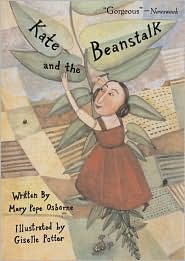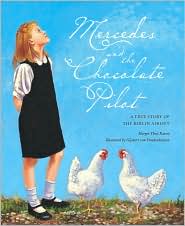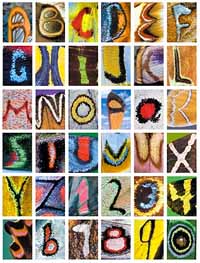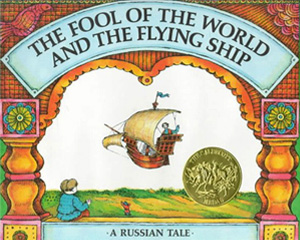Calling all Young Adult Readers
interested in Fantasy!
Ed has illustrated for Tolkien Lord of the Rings products
and other fantasy novel authors.
"Art is far more than just the end result of a visual image,
it's the journey one takes to get there along with
the unique tangible product made from hand Craftsmanship
that is produced that completes the task!"~ Ed Beard Jr.

on Saturday, March 28, 2009,
I had the pleasure of meeting Ed and his lovely wife Kelly.
Ed had always been inspired by the masters of the Renaissance Period,

and he created this image at age 11. He studied
anatomical physiology and other medical anatomical applications
to better understand the human body.
Ed is an accomplished fantasy artist who has been creating
dragons, monsters, and just about every image of a creature
you could imagine, for over 25 years.
Ed Beard Jr. is the most successfully licensed
Dragon and Wizard fantasy artist with the most diverse selection
of products using his art in the world.
With over 1000 licensed images manufactured by
over 100 companies world wide,
Ed is a household name in fantasy.
Have you downloaded the Fantasy Art Dragons and Wizards
content or wallpaper from Verizon?
Do you own a Dragon calendar from TideMark
from the past five years or have a Mountain Corporation
fantasy T-Shirt from the past 9 years?
Or maybe you've seen a Heaven and Earth
Designs and Essentials fantasy cross stitch pattern?
Ed has agreed to an interview with me
about the role of art in literacy and
his experiences in speaking with
students in schools. We'll also chat about
creativity and the creative process,
dragon skeletal structure
and wing musculature.
Visit his website!






















